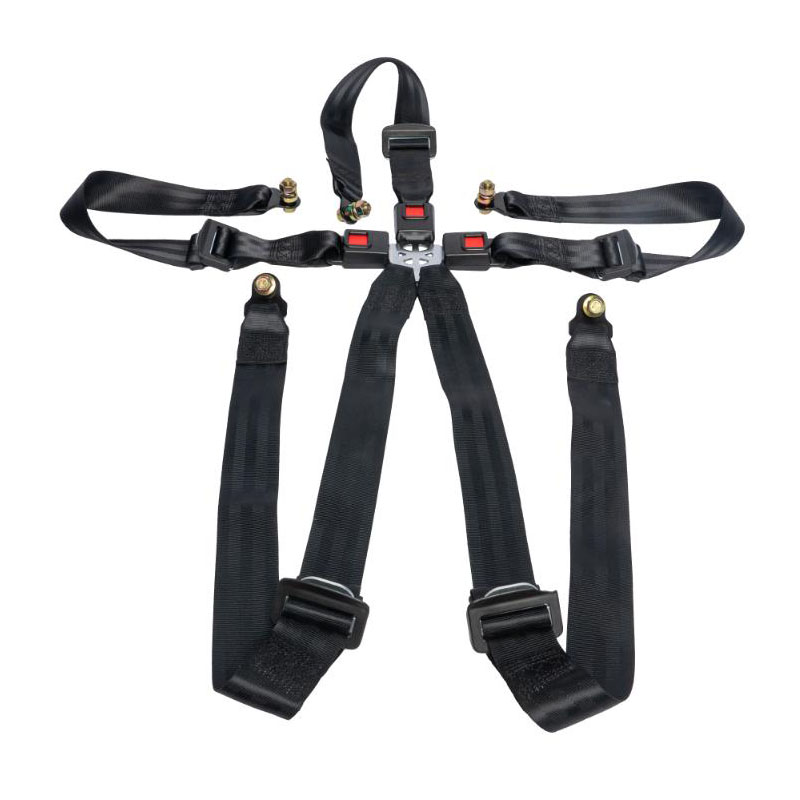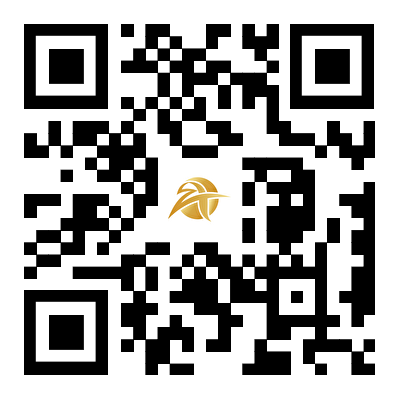
- English
- Español
- Português
- русский
- Français
- 日本語
- Deutsch
- tiếng Việt
- Italiano
- Nederlands
- ภาษาไทย
- Polski
- 한국어
- Svenska
- magyar
- Malay
- বাংলা ভাষার
- Dansk
- Suomi
- हिन्दी
- Pilipino
- Türkçe
- Gaeilge
- العربية
- Indonesia
- Norsk
- تمل
- český
- ελληνικά
- український
- Javanese
- فارسی
- தமிழ்
- తెలుగు
- नेपाली
- Burmese
- български
- ລາວ
- Latine
- Қазақша
- Euskal
- Azərbaycan
- Slovenský jazyk
- Македонски
- Lietuvos
- Eesti Keel
- Română
- Slovenski
- मराठी
- Srpski језик
How does automotive seat belt protect people in the event of a collision?
2025-07-11
As the core configuration of vehicle passive safety, the car automotive seat belt reduces the risk of injury to the driver and passengers by more than 50% through the synergy of mechanical and electronic systems at the moment of collision. Its protection principle is not a simple restraint, but a multi-level protection mechanism to resolve the impact force and form a complete safety barrier with the body structure.

Pre-tightening: instant fixation at the beginning of a collision
When a vehicle collides, the acceleration sensor detects a deceleration exceeding the set threshold within 10 milliseconds, and the automotive seat belt pre-tensioner is immediately activated. The pyrotechnic gas generator in the retractor quickly generates high-pressure gas, which pushes the piston to drive the reel to rotate, instantly retracting the slack of the automotive seat belt, so that the webbing is close to the body of the driver and passenger, eliminating the gap.
This process can be completed within 30 milliseconds after the collision, controlling the forward movement distance of the human body within 5 cm, avoiding the head and chest from contacting the steering wheel and instrument panel in advance, and reserving protective space for subsequent buffering. The pre-tightening force has been precisely adjusted to ensure the fixation effect without causing bone damage due to excessive tension.
Force limit buffer: Disperse impact force to a safe range
After pre-tightening, the force limit device starts to work. When the tension of the automotive seat belt exceeds the set value, the torsion bar in the retractor will undergo controllable deformation, allowing the webbing to be slowly released, gradually transmitting the impact force to the body frame.
Through this flexible buffer, the pressure on the chest of the driver and passenger is reduced by more than 40% from the peak value, avoiding serious injuries such as rib fractures. The force limit values of different models are adjusted according to the body structure. Sedans usually use a single-stage force limit, while SUVs are mostly equipped with two-stage force limits to meet the protection needs under different collision intensities.
Constraint guidance: Control the trajectory of body movement
The webbing layout of the automotive seat belt has been ergonomically optimized. The shoulder belt crosses the chest diagonally from the shoulder, and the waist belt wraps around the hip bone to form a "V"-shaped constraint structure. This design can disperse the impact force of the collision to the strong parts of the human body such as the chest and pelvis, reducing the pressure on the fragile internal organs.
The low-angle fixation of the waist belt can effectively prevent the human body from slipping out from under the automotive seat belt, and the height adjustment function of the shoulder belt ensures that the webbing always fits the shoulder, avoiding strangulation of the neck or slipping from the shoulder, and ensuring that the force transmission path is stable and reliable.
With the airbag: forming a coordinated protection system
In a frontal collision, the automotive seat belt and the airbag form complementary protection. The automotive seat belt limits the excessive forward movement of the human body, keeps the head and the airbag at the best distance, and ensures that the head and chest can be accurately supported when the airbag is deployed.
Without the restraint of the automotive seat belt, the human body may be too close to the airbag at the moment of deployment, and will be injured by the explosive force of the airbag. The combination of the two can reduce the head injury index by 60% and the chest injury index by 55%, forming a protection effect of 1+1>2.
Material and structure: physical protection of the webbing
The automotive seat belt webbing is woven with high-strength polyester fiber. Each yarn is composed of hundreds of filaments with a breaking strength of more than 28 kilonewtons. The special weaving process makes the webbing less likely to tear when subjected to impact, while the terry structure on the surface can increase the friction with the body and prevent sliding.
The webbing width is maintained at 46-50 mm, and the pressure per unit area is reduced by increasing the contact area to avoid local tissue damage. The metal connectors are forged with high-strength steel, and can maintain stable performance after more than 5,000 plug-in and pull-out times, ensuring reliability in emergency situations.
From collision detection to force dispersion, automotive automotive seat belt uses three levels of protection to convert instantaneous impact force into controllable continuous force, and cooperate with the body energy absorption structure and airbags to build a full range of passive safety defense lines. Data shows that the survival rate of drivers and passengers who use automotive seat belts correctly in fatal accidents is three times that of non-users, making it an indispensable basic configuration in the vehicle safety system.



